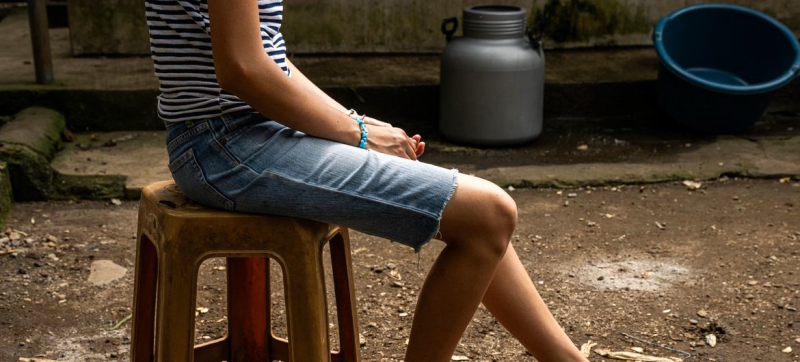- Earthquakes & repeated aftershocks in Dhaka raises concerns |
- Khaleda admitted to Evercare Hospital for health check-up |
- Dhaka records unhealthy air quality on Sunday morning |
- Govt letter to EC to hold election, referendum on same day |
- COP30 boosts funding for at-risk nations but avoids firm fossil fuel terms |
WHO Urges New Approach to Prevent 720,000 Suicides Yearly

A young woman in Guatemala who was a victim of sexual violence explains how psychosocial support from the UN turned her away from sucide.
More than 720,000 people die by suicide every year, and many more attempt it. The head of the UN’s World Health Organization (WHO) is now calling for “shifting the narrative” on the issue “to challenge harmful myths, reduce stigma and foster compassionate conversations.”
Speaking on World Suicide Prevention Day, observed annually on 10 September, WHO chief Tedros Adhanom Ghebreyesus said, “Each life lost leaves a profound impact on families, friends, colleagues and entire communities.”
All age groups are affected by suicide, which was the third leading cause of death among 15–29-year-olds globally in 2021, the last year for which data was gathered by WHO.
Suicide does not occur only in high-income countries; it impacts all regions of the world. Close to three-quarters of global suicides took place in low- and middle-income countries in 2021.
The global average number of suicides in 2021 was 8.9 per 100,000 people. In Africa, the rate stood at 11.5, while in both Europe and Southeast Asia it was recorded at 10.1 per 100,000 people. The lowest suicide rate was in the Eastern Mediterranean region at 4.0 per 100,000, while in the Western Pacific it was 7.5 per 100,000.
The link between suicide and mental disorders—particularly depression and alcohol use disorders—as well as a previous suicide attempt, is well established in high-income countries.
However, many suicides occur impulsively in moments of crisis, when people feel unable to cope with life stresses such as financial problems, relationship disputes, chronic pain or illness.
In addition, experiencing conflict, disaster, violence, abuse, loss or a sense of isolation is strongly associated with suicidal behaviour. Rates are also high among vulnerable groups who face discrimination, including refugees and migrants, indigenous peoples, lesbian, gay, bisexual, transgender and intersex (LGBTI) persons, and incarcerated prisoners.
“We must move from silence to openness, from stigma to empathy, and from neglect to support,” said Dr Tedros.
“We must create environments where people feel safe to speak up and seek help. Shifting the narrative on suicide also means driving systemic change, where governments prioritise and invest in quality mental health care and policies to ensure everyone gets the support they need.”
According to the 2024 Mental Health Atlas report by WHO, median government spending on mental health has remained at a modest 2 per cent of total health budgets since 2017.
Moreover, there is a significant disparity between high-income and low-income nations. While high-income nations allocate up to $65 per person to mental health, low-income nations spend as little as $0.04.
WHO recognises mental health as a universal human right.
WHO says that effective measures can be taken to prevent suicide and self-harm. Its initiative, LIVE LIFE, recommends the following key evidence-based interventions:
Limit access to the means of suicide (e.g. pesticides, firearms, certain medications)
Engage with the media for responsible reporting of suicide
Foster socio-emotional life skills in adolescents
Identify early, assess, manage and follow up with anyone affected by suicidal behaviours

